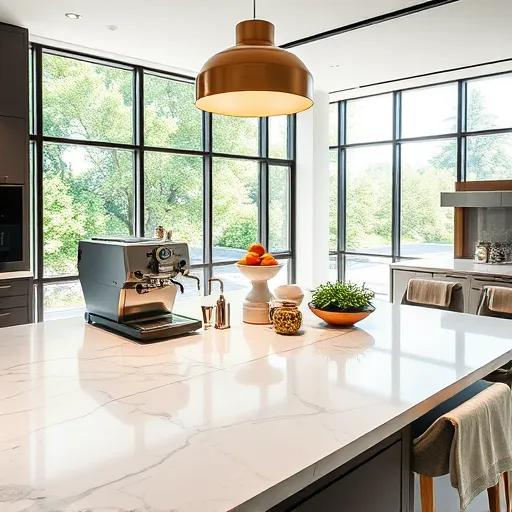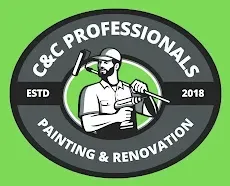
Fixing Low Water Pressure in the Shower | Easy Solutions
Why Does My Shower Have Low Water Pressure? Unlocking the Hidden Causes
Imagine waking up on a serene morning, eagerly anticipating a refreshing shower to start your day. But as water trickles instead of rushing, your spirit dims a little, and the nourishing flow of water seems elusive. Low water pressure in the shower is a common yet often misunderstood challenge that can diminish the joy of your daily routine. The good news? With a gentle understanding of its roots and thoughtful solutions, you can restore that invigorating cascade to its full glory.
What Are the Most Common Causes of Low Water Pressure in Your Shower?
Before diving into fixing strategies, it’s essential to understand what causes low water pressure in the shower. Various factors can contribute—some simple, others requiring more intricate remedies:
Clogged Showerheads: Mineral deposits and debris can block water flow, reducing pressure.
Leaking Pipes: Leaks can cause a drop in water pressure throughout your plumbing system.
Old or Corroded Plumbing: Over time, pipes degrade, creating internal obstructions.
Municipal Water Supply Issues: Sometimes, the problem originates outside your home, caused by local water supply fluctuations.
Pressure Regulating Valves (PRV): If improperly set or faulty, PRVs can restrict water flow.
How Can I Effectively Troubleshoot Low Water Pressure in My Shower?
Success in fixing low water pressure begins with methodical troubleshooting. Here’s a dreamy step-by-step approach:
Inspect the Showerhead: Remove it and check for mineral buildup. Soak it in vinegar overnight to dissolve deposits.
Examine for Leaks: Look for dripping faucets, wet spots, or discoloration around pipes. Consider hiring a professional if leaks are suspected.
Assess the Plumbing System: Check if other fixtures in your home are experiencing pressure drops. This helps pinpoint whether the issue is localized or systemic.
Test Water Pressure: Use a pressure gauge on an outdoor spigot or faucet to determine if your home’s supply is weak at the source.
Check the Pressure Regulating Valve: Ensure it’s functioning correctly, or have a plumber adjust or replace it.
What Are the Practical Solutions for Fixing Low Water Pressure in The Shower?
Once you've identified the root cause, implementing fixes can transform your morning routine from a trickle to a torrential delight. Here are some expert-backed solutions:
Clean or Replace Your Showerhead: Regular maintenance keeps water flow optimal. Consider installing a high-efficiency showerhead designed to maintain pressure while conserving water. Discover more about bathroom renovation help to modernize and optimize your space.
Repair or Unclog Pipes: For internal plumbing issues, consulting a licensed plumber to repair or replace corroded pipes ensures a long-lasting fix.
Install a Pressure Booster: For homes with persistent low pressure, a booster pump might be the perfect solution, especially if municipal supply is robust but your pipes aren’t.
Address External Water Supply Problems: Contact your water provider if they’re experiencing outages or pressure fluctuations.
Upgrade Your Plumbing: Modern, corrosion-resistant piping can drastically improve water flow and overall bathroom experience. Consider talking to bathroom remodel designers for stylish and functional upgrades.
Why is a Proper Bathroom Renovation Critical for Fixing Water Pressure Issues?
A thoughtfully planned bathroom renovation can do more than just rejuvenate aesthetics; it can optimize plumbing and elevate water pressure. If you’re considering a revamp, explore options that include state-of-the-art fixtures and efficient plumbing layouts. Whether you’re looking for affordable bathroom remodel services in Bayonne, New Jersey or designing a dream bathroom, strategic renovations can ensure a consistent, pleasurable water experience every morning.
How Can I Prevent Future Low Water Pressure Problems?
Proactive measures safeguard your shower experience against future disappointments:
Regular Maintenance: Clean showerheads and check for leaks periodically.
Upgrade Plumbing Materials: Invest in high-quality, durable piping during renovations.
Monitor Water Usage: Avoid overloading your plumbing system, especially during peak hours.
Consult Professionals: A professional plumber can identify subtle issues before they escalate.
What Are the Benefits of Fixing Low Water Pressure in the Shower?
Transforming a weak, insignificant flow into a robust cascade offers many benefits:
Enhanced Shower Experience: Enjoy invigorating, steady streams that awaken your senses every morning.
Efficiency and Conservation: Modern fixtures use water wisely while maintaining pressure.
Increased Home Value: Well-maintained plumbing and updated bathrooms boost property worth.
Reduced Plumbing Costs: Properly functioning plumbing reduces the risk of leaks and costly repairs.
What Should I Know Before Starting a Bathroom Renovation for Better Water Flow?
Careful planning is the cornerstone of successful renovation projects. Consult with professionals to ensure:
The plumbing layout is optimized for current and future needs.
Fixtures chosen are compatible with your water supply and pressure levels.
The renovation includes quality materials that resist calcification and corrosion.
The scope aligns with your budget and desired outcomes.
Interested in comprehensive bathroom transformations that not only fix your low water pressure but also elevate your entire space? Explore the expert guidance of bathroom remodel designers.
FAQs About Fixing Low Water Pressure in Your Shower
How do I know if my showerhead is the cause of low water pressure?
If you've noticed a decrease in water flow, remove your showerhead and check for mineral buildup or debris. Soaking it in vinegar overnight can dissolve deposits that restrict water flow.
Can replacing my old pipes improve water pressure?
Absolutely. Corroded or deteriorating pipes can significantly impede water flow. Upgrading to modern piping materials can restore proper pressure and enhance overall plumbing health.
Is a pressure booster pump a good investment?
For homes with persistent low water pressure due to municipal issues or pipe limitations, a booster pump can be an effective solution. Consult a plumbing expert to see if it suits your needs.
How often should I clean my showerhead?
To maintain consistent water pressure, clean your showerhead every 3 to 6 months, especially if you notice a decrease in water flow.
When should I call a professional plumber?
If troubleshooting steps do not resolve low water pressure or if you suspect pipe leaks, consulting a licensed plumber swiftly ensures a safe and effective fix.
Fixing low water pressure, especially in the shower, isn't just about restoring water flow—it’s about reclaiming your morning ritual and creating a more blissful home environment. Whether through simple maintenance or comprehensive bathroom remodeling, you have the power to turn your daily routine into a dreamy experience. Remember, a professional touch from experts like C&C Pro LLC. can make all the difference in achieving your perfect shower oasis.




















